Recently, the 2021 Photovoltaic Power Generation Operation Management and Industrial Development Innovation Exchange Seminar organized by China Electricity Council officially ended. The meeting invited representatives from SPIC, Huaneng, Huadian, Datang Group, China General Nuclear Power, Boonray Technology and other companies to jointly explore the upstream and downstream innovation and development routes of the photovoltaic industry under the background of carbon neutrality.
At the seminar site, Boonray Technology released the latest promotional video for smart photovoltaic inspection solutions. This solution is developed for multi-rotor drones, automatic hangars, intelligent vision algorithms and other technologies, including Boonray Zhifei, Boonray Extreme Test, Boonray Energy Search, and Boonray Cloud Data Center independently developed by the Boonray team. and other software systems.
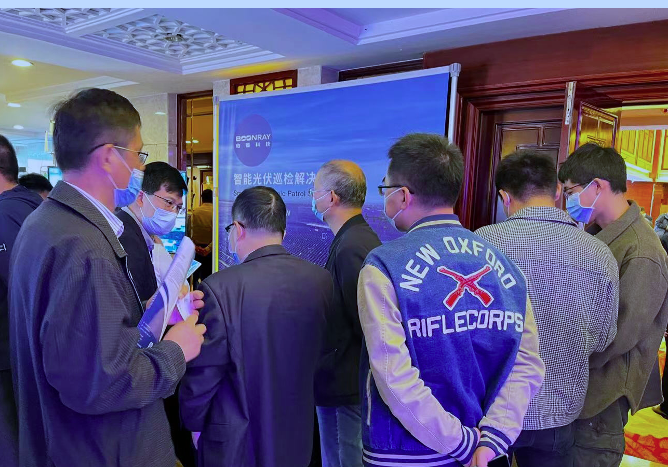
As the first year of the "14th Five-Year Plan", 2021 will be a year of both opportunities and challenges for the photovoltaic industry. The opportunity lies in the fact that China's photovoltaic power generation grid-connected installed capacity is currently only about 270 million kilowatts. Under the guidance of the "dual carbon" goal, it is optimistically estimated that my country's photovoltaic installed capacity will reach 2 billion kilowatts in 2035. Such a large-scale installed capacity demand means that There is still huge development potential for new energy. The challenge is that, with the gradual withdrawal of subsidies, power generation has become a key factor in measuring the profitability of power stations. Photovoltaic operation and maintenance play an increasingly important role in improving power station efficiency and reducing LCOE. The penetration of distributed photovoltaics is gradually deepening. In the past, the post-operation and maintenance of photovoltaic products could only be carried out by manual inspection, which was easily affected by factors such as terrain, and the efficiency was extremely low. At the same time, during the inspection process, the operation status of the equipment is mostly judged based on the experience of the operation and maintenance personnel, and it is difficult to carry out a full inspection. Usually, random inspection is selected, and the inspection results are easily deviated. The rising labor cost has brought a lot of challenges to the sustainable development of the entire industry.
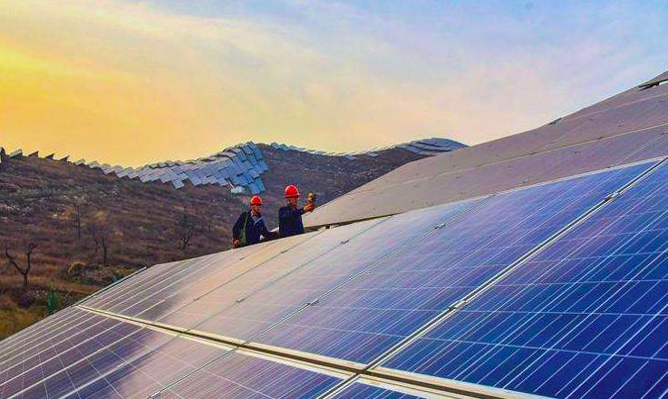
Boonray Technology's intelligent photovoltaic inspection solution uses drones to collect infrared and visible light images of photovoltaic stations, and uses image recognition algorithms to automatically identify hot spots caused by bird droppings, flowers and plants in photovoltaic stations, and damage to diodes. There are no-load and other component problems caused by junction box soldering, line open circuit, etc. At the same time, the data is intelligently analyzed to generate inspection reports and visual data. The system can also connect to the mobile terminal, push defect information to operators in a timely manner, form a closed business loop, and help photovoltaic stations achieve digital, automated, and intelligent operation and maintenance, improve operational efficiency and power generation, and reduce operating costs and potential safety hazards.
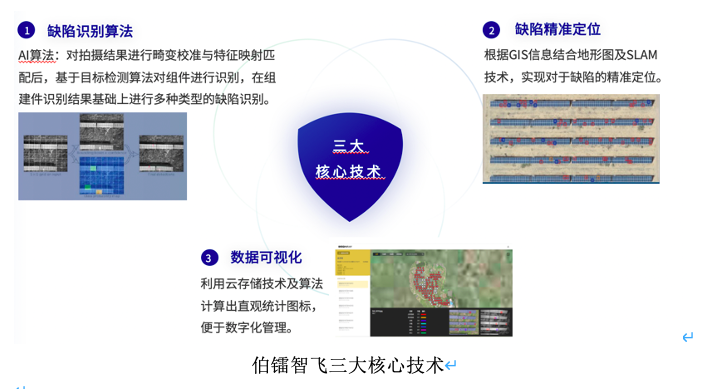
The solution solves the problems faced by the inspection, such as the vast area of the power station, the large undulating terrain, the difficulty of manual climbing, and the vulnerability to weather. It can complete the shooting of all components of the 20MW scale station in one day, which is more than 10 times the efficiency of manual inspection. The inspection task that originally took more than two months to complete manually can be completed in one week under the action of this scheme, which saves manpower and material resources and reduces the operation risk. This set of products has been widely used in photovoltaic power station inspection, land survey and other scenarios.
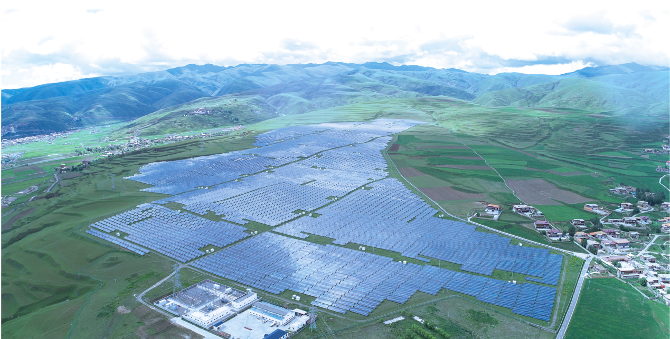
With the help of major scenarios such as photovoltaics and mines, the ubiquitous robotics technology that Boonray Technology has been focusing on has gradually demonstrated its advantages. Ubiquitous robotics is the product of the combination of robotics components and networks. Its birth is a qualitative leap over the traditional robotics research and development concept, so it is called the third-generation robotics. Compared with the research of a single robot, ubiquitous robotics focuses more on multi-robot collaboration and environmental intelligence.
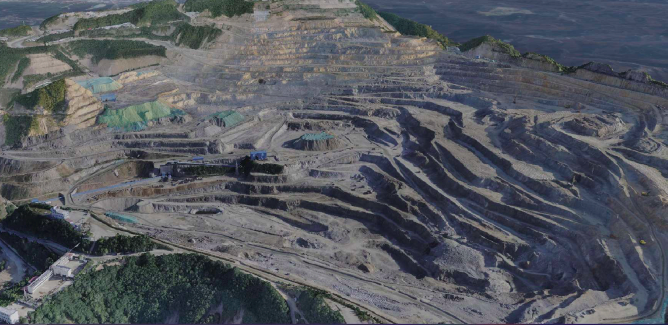
Taking the mine scene as an example, Boonray Technology's "smart mine" solution can be divided into two parts: "heaven" and "underground". "Sky" uses drones to scan the entire mining area, uses digital twins and other technologies to build a high-precision map of the mining area, and transmits signals with the 5G network. Combined with the "ground" unmanned shovel dispatching system, the intelligent ecology of the entire mining area is formed together. Promote the healthy and orderly development of the industry and contribute to the country's green and low-carbon transformation.
Address:6th Floor, Building 4, No. 388 Shengrong Road, Zhangjiang Science City, Pudong New Area, Shanghai
Telephone:021-58212107
Post code:200124
Mail:info@boonray.com